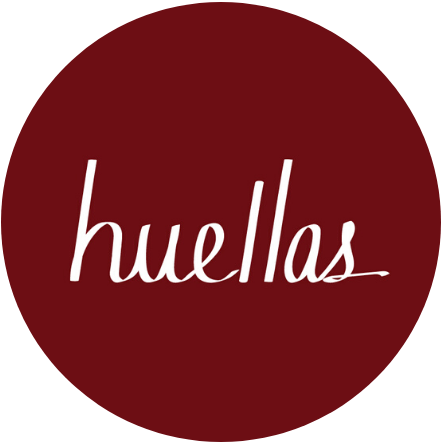Vieques: To Live, To Be, To Stay
Para leer la versión en español, haz clic aquí.
Vieques is an island of Puerto Rico located to the east of the archipelago that comprises this Antillean country. Together with Culebra and the eastern part of Puerto Rico, it was used as a military base and bombing range and training site by the US Navy. The scars of militarization and its effects on the development of the island are disastrous.
The 60+ years of military occupation are entrenched in the island’s appearance, which remains, after the Navy’s departure in 2003, in a state of neglect on the part of the central government. The lack of a proper hospital and other basic essentials, such as jobs, have led thousands of Viequenses to emigrate for economic, education and health-related reasons. Empty homes and buildings contrast with the opulence and luxury that developers have tried to force upon locals. Faced with this, nature’s fury and abundance asserts itself as witness to these changes.
This photo essay attempts to offer a look at some spaces whose walls still hold memories even after their interiors have been abandoned. Among these buildings, homes, and in old hospitals, there was once life, people, stories. Some structures are there, many remain. Nature makes its presence known in and around everything, resisting.
Hoping that a world is unearthed by language, someone sings the place where silence is formed. They will then prove that the ocean does not exist to unleash its fury, nor does the world. That’s why each word says what it says and so much more and something else.
-Alejandra Pizarnik, "The Healing Word"
Transition, wall. A state of permanence. Threshold of nowhere.
The neglected remnants of the old cargo train that once operated on the island. Today, it lies dormant like most of its surroundings.
The wait takes on particular nuances in between the mute stillness.
Structures that relay the past, in this case, the military. Few certainties among the recurring ruins.
Looking through, to see, to go through. The windows. Light, air, noise, and the possibility of escaping.
Routine, object, surplus perhaps. Patience of apathetic colors that appear, a sun that weathers every shade of skin.
Above all, flowers. Miracle of color. An enchanted crown among what it refutes.
Like the rock, waiting. Remaining. Existing, being, staying.
Hallways of shouts, cries, pain, sighs; of life that once was. Remnants of the first hospital on the island.
August, majestic, stately, solemn, sublime, splendid, magnificent, grand, regal. Everything in you.
Expectation: future. Instead, postponement, extension, procrastination, delay.
The mantle covers everything that is reclaimed when life itself is restored.
Time, witness to silence, mute accomplice of apathy. Crime, disdain, neglect, solitude.
Only the sea knows within itself the answers that, like a circle, have coursed through the sand of these remnants, land.
The back and forth of negation, disbelief, affirmation; vicious cycle of waiting. A clock turns back that assumes and conceives glimpses of momentum in its delay.
Diana Ramos-Gutiérrez is a culture and human rights advocate based in Vieques, Puerto Rico. As a cultural journalist, social media specialist, photographer and arts administrator, Ramos-Gutiérrez collaborates with independent media in Latin America and Radio Vieques, a community radio station. She is also part of the advisory board of the Vieques Historical Archive, a community-based organization that builds participation around historical materials and Viequense cultural heritage. There, she develops educational programs. She is also director of the Vieques Film and Human Rights Festival.
















